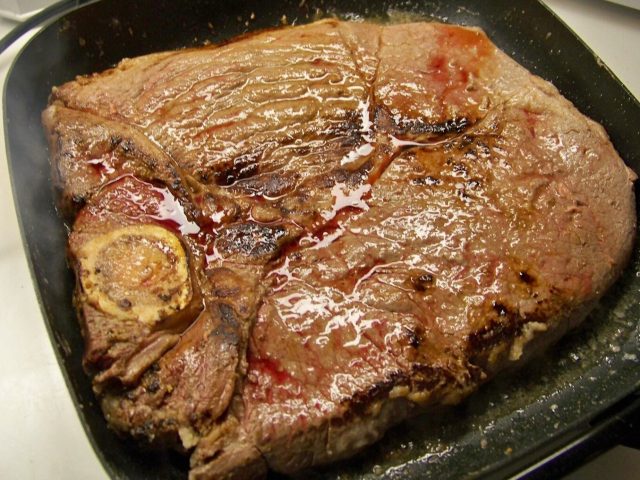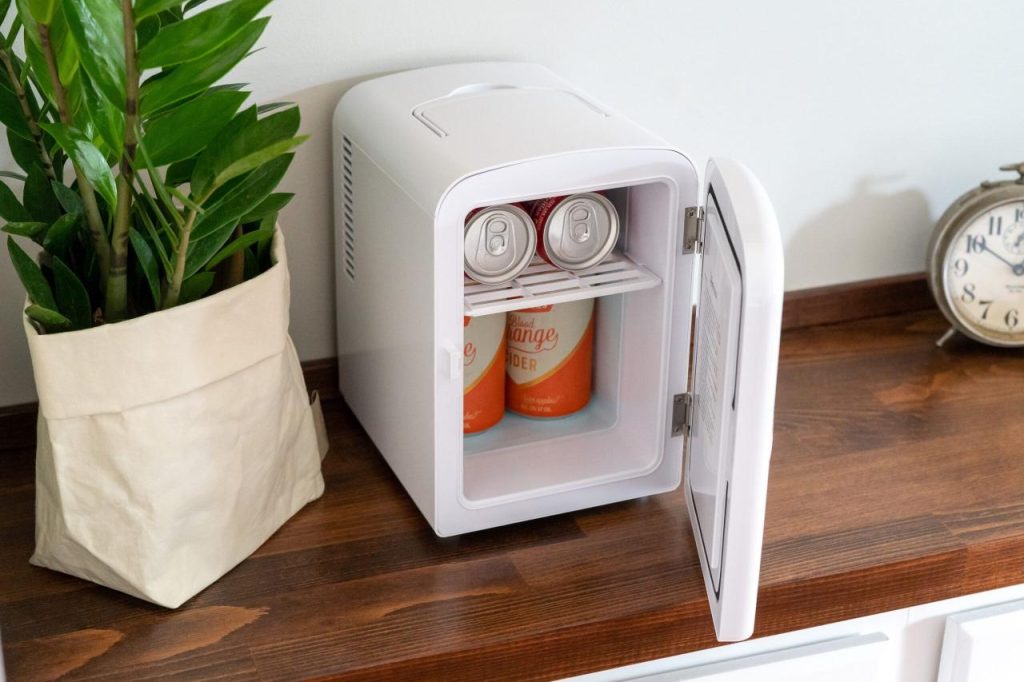Embark on a culinary efficiency odyssey with Dinnerdude as we delve into the discourse: Does an electric kettle reign supreme in energy efficiency? Within this investigation, Cook Eat Delicious will meticulously examine the elements that distinguish electric kettles in the arena of energy conservation, drawing comparisons with conventional stovetop approaches.
Come along as we unravel the intricacies that transform electric kettles from a mere convenience to a prospectively more eco-friendly alternative for your everyday hot beverage routines.
The Working Mechanism of an Electric Kettle
Before we embark on exploring the energy efficiency of electric kettles, it’s imperative to delve into their operational intricacies. An electric kettle, a staple in many kitchens, is composed of a water container seamlessly integrated with a specialized heating element.
Upon the activation of the kettle, a fascinating transformation unfolds: electrical energy is skillfully converted into heat energy by the heating element. This process initiates a gradual increase in the water’s temperature until it gracefully reaches the boiling point. At this pivotal juncture, a built-in mechanism intelligently detects the achieved boiling temperature and promptly triggers an automatic shutdown, ensuring not only operational efficiency but also safety.
In essence, the seamless interplay of electrical and heat energy within the electric kettle design highlights its efficiency in transforming raw energy into the desired outcome – boiling water for various culinary or beverage needs. This intricate dance of energy conversion sets the stage for our exploration into the broader realm of energy efficiency in comparison to traditional stovetop methods. Join us as we unravel the layers of this culinary journey with us.

Is an electric kettle more energy efficient?
Several factors play a pivotal role in determining the energy efficiency of an electric kettle. These factors encompass the material composition, design, and the capacity for heating water.
The material from which the kettle is constructed is a significant determinant. Kettles crafted from materials with high thermal conductivity, such as copper, tend to exhibit superior energy efficiency when compared to those fashioned from materials with lower thermal conductivity, such as plastic.
Furthermore, the design of the kettle is crucial. Kettles specifically engineered to heat smaller quantities of water at a time generally demonstrate heightened energy efficiency in contrast to counterparts designed for larger volumes.

The wattage of the kettle stands out as a primary influencing factor. Higher wattage typically correlates with faster boiling times but may come at the cost of increased energy consumption. The overall design of the kettle, along with considerations like insulation and material, also plays a crucial role in shaping efficiency by impacting heat retention and overall performance.
Additionally, noteworthy features like automatic shut-off and temperature control significantly contribute to energy savings. By preventing unnecessary power consumption, these features enhance the overall efficiency of the electric kettle. As we delve into the nuances of these factors, we gain a comprehensive understanding of how they collectively shape the energy efficiency landscape of electric kettles, providing valuable insights for informed decision-making in our culinary pursuits. For further exploration, Dinnerdude’s insights on the top 5 best single drawer dishwashers are a valuable resource.
Comparing Electric Kettles to Other Heating Methods
Now, let’s conduct a comparative analysis of the energy efficiency of electric kettles in relation to two common alternatives: stove-top kettles and microwaves.
Electric Kettles vs. Stove-top Kettles
Stove-top kettles rely on the application of heat from a burner to the kettle’s bottom, with the heat then spreading to warm the water within. This method, however, is less efficient compared to electric kettles, as heat dissipates into the surrounding air before reaching the water. Furthermore, once the water has reached its boiling point, a stove-top kettle will continue to consume energy unless manually switched off, unlike an electric kettle that automatically turns off once the water boils.
Electric Kettles vs. Microwaves
Microwaves employ electromagnetic waves to heat water, exciting the water molecules and increasing their temperature. While this method can be more energy-efficient than a stove-top kettle, it generally falls short of the efficiency achieved by an electric kettle. Microwaves heat all the water simultaneously, rather than starting with the water closest to the heating element, and like stove-top kettles, they continue to consume energy until manually switched off.
In conclusion, electric kettles emerge as generally more energy-efficient than their common counterparts, primarily attributed to their operational mechanisms and the automatic shut-off feature. It’s essential to note that the energy efficiency of a kettle is influenced by factors such as material composition and the volume of water being heated. Therefore, when selecting a kettle or any other appliance, considering not only energy efficiency but also these additional factors is crucial.
Making informed choices about the appliances we use plays a pivotal role in contributing to energy conservation efforts and fostering a more sustainable future. For further exploration, delve into CED’s insights on the top 3 best panel dishwashers.







